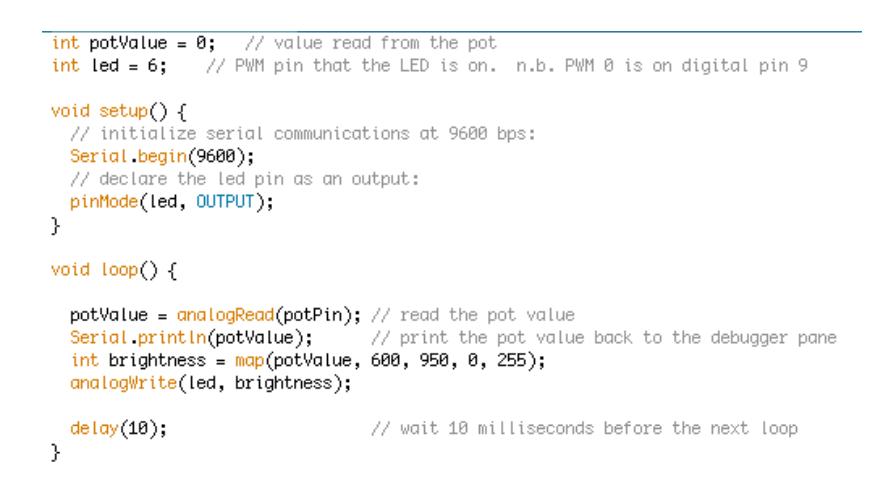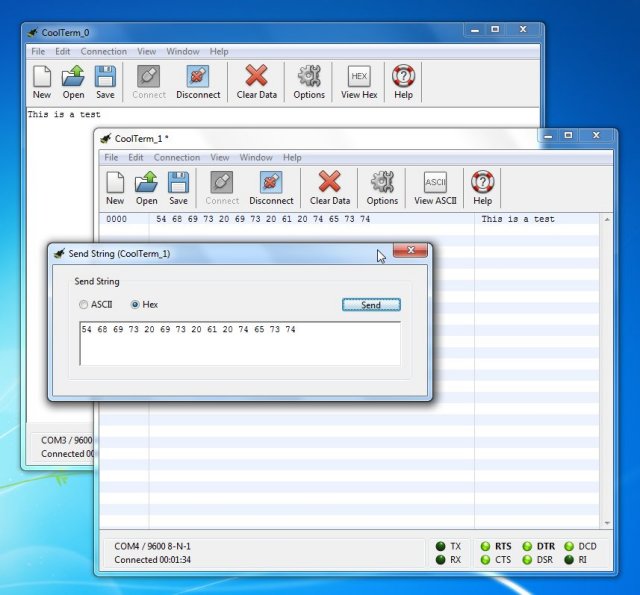

This sketch reads the sensor using the Adafuit DHT library, and if there is an SD card present and initialized, it saves the results to a file called “DATALOG.CSV”. The SD card library makes it simple to save files to your SD card.įormat a microSD card as FAT16 or FAT32 on your personal computer, and load it onto your Arduino. There are several different shields that have SD cards on board, and the Arduino Ethernet has an SD card right on the main board. Attaching an SD card to an Arduino is fairly straightforward. Sometimes you want to save data when you’re not connected to a personal computer. csv and you can open it in a spreadsheet and graph as above. Then you can use your file in any application you want. To stop capture, choose Connect > Capture to TextFile… > Stop. Note: if you want the file to start from the beginning of your sketch, hold down the reset until you’ve started capture. Click the Connect icon, then from the Connection Menu, choose Capture to TextFile… and Start.
#Coolterm codes serial#
To do so, open CoolTerm, and choose your serial port in the Options menu. If you have a serial terminal program like CoolTerm on your computer, you can also capture to a file. Your graph will be inserted in your spreadsheet. In the Graph dialog box, choose Line type, the Lines Only option, then click Finish. Select the two columns of numbers, and click the graph icon. When the Text Import dialog comes up, make sure you click Separated by Tab in the Separator options: Then open a blank spreadsheet in OpenOffice and paste the results into the sheet. When you’ve got several readings, click in the serial monitor window, select all (ctrl-A), and copy (ctrl-C). The sketch is outputting tab-separated data, and prints out column headers at the beginning. When you’ve got the sketch loaded, open the serial monitor by clicking the Serial Monitor button on the right hand side of the toolbar. Once you’ve selected the board type and the port, upload the sketch by clicking the upload button in the toolbar, or ctrl-U: The new port that shows up is your USB-to-serial adapter’s port. Then plug the adapter into your computer again and check the menu again. To find your serial port, check the Tools >Serial Port menu with the USB-to-serial adapter NOT connected. Assuming you’re using an Arduino Ethernet, choose that: To upload the sketch to your board, connect the board to the computer via USB-to-serial, and look for the board type in the Tools > Board menu.
#Coolterm codes download#
Download it and copy it into a new window in the Arduino IDE. The sketch SerialTempHumidityReader uses the Adafruit DHT library to read the sensor and sends the results back to the computer serially. To make this happen, you’ll need your Arduino attached via a USB-to-serial connection. The simplest way to get data off the sensor is to print the results out serially and capture them directly on your computer. To do this, connect the 10-kilohm resistor from pin 8 to pin 7, or to the +5V pin. The output pin will also need a pullup resistor so that it goes high when no data is transmitted. Then attach the output pin of the sensor to pin 7. Since the DHT11 sensor uses very little current, you can use the output pins of the microcontoller to power the sensor, using pins 5 and 8. Then start the Arduino IDE.Ĭonnect the DHT11 sensor to the Arduino as follows: Then download the example sketches from my gitHub repository, unzip them and save them to your sketch directory as well. You might have to create the libraries directory inside the sketch directory. If this is your first time using Arduino, the default location is in your user directory, called Arduino/. Unzip the library and change the directory name to DHT, then copy it to the libraries/ directory of your Arduino sketch directory.
#Coolterm codes install#
To get started, install the Arduino IDE and download the DHT library.

Spreadsheet OpenOffice is used here, but Excel will work as well.įor more on the DHT sensors, see Adafruit’s tutorial.Datalogging examples from tigoe gitHub repository, specifically the ones from the Citizen_Cyberscience_summit_2012 directory.Ethernet Arduino and USB-to-serial connector, or Arduino Uno and Ethernet shield (or equivalents).HTTP upload to (formerly ) via an Ethernet shield or Ethernet Arduino.Saving data to an SD card mounted on the Arduino.Serial transmission to a personal computer, and serial capture to a file.In the tutorial below, you’ll read a DHT11 temperature and humidity sensor and log data in three ways: Or, if you have access to the internet and a device that can connect to a server, you can save the data to a server. If you’ve got an SD card attached to the microcontroller, you can save the data to the card. If you’re connected to a personal computer, you can simply send the data from the Arduino to the personal computer serially, and save it to a file.

There are several ways to save data from a sensor attached to an Arduino.


 0 kommentar(er)
0 kommentar(er)
